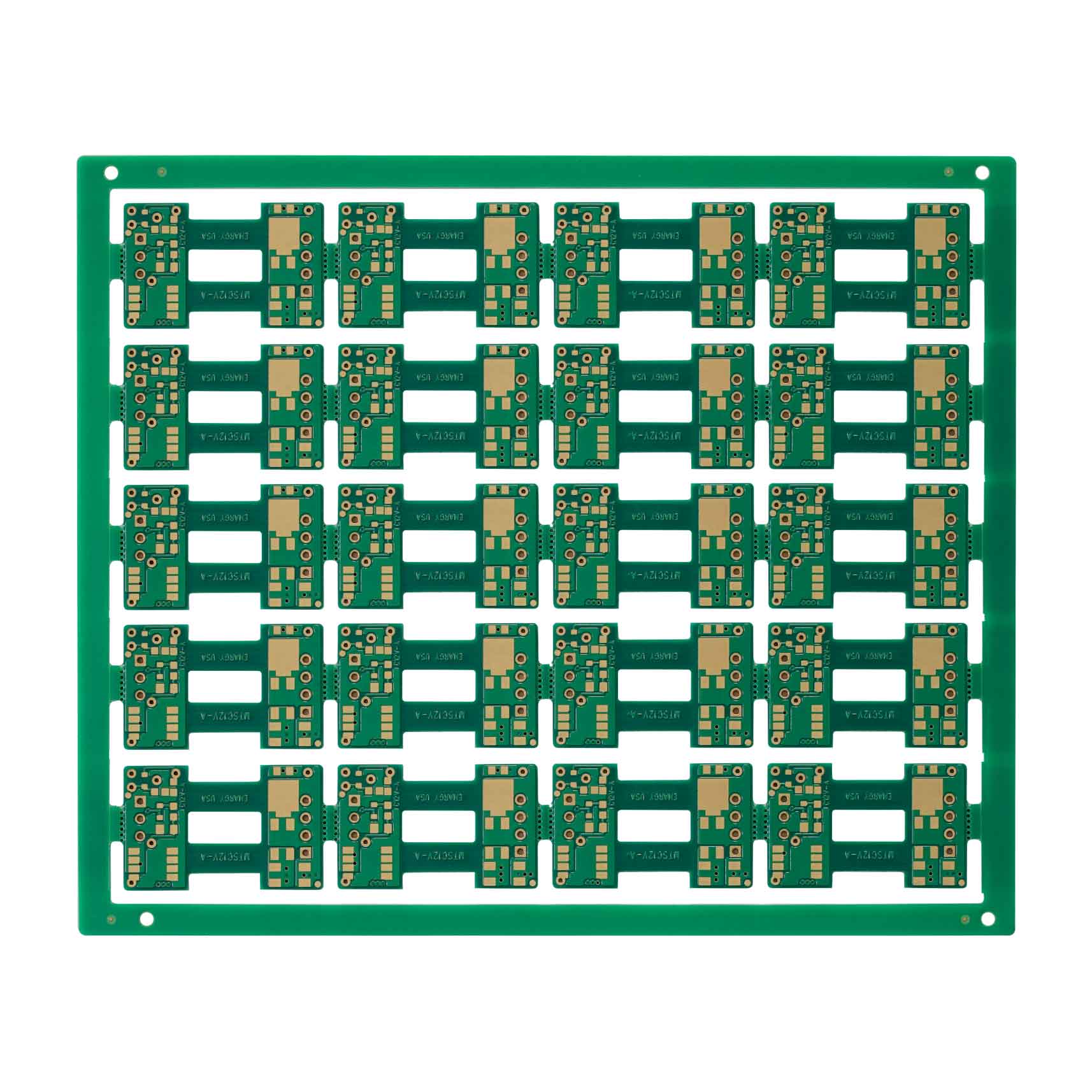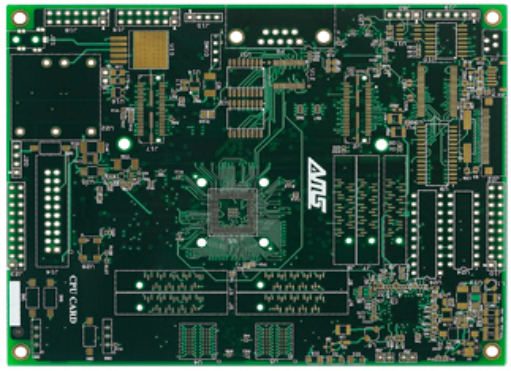Support Team
Feedback:
support@nextpcb.com
Reflow soldering is "reflow soldering machine" or "reflow oven" (Reflow Oven). It provides a healing environment to melt the solder paste to allow surface mount components and PCB soldering. A device in which the discs are reliably joined together by solder paste alloy. According to the development of technology, it is divided into: gas-phase reflow soldering, infrared reflow soldering, far infrared reflow soldering, infrared heating air reflow soldering, and full hot air reflow soldering. In addition, according to the special needs of soldering, a nitrogen-filled reflow oven is included. The most popular and practical ones are far infrared reflow soldering, infrared heating air reflow soldering, and all hot air reflow soldering.
80% of thermal energy is in the form of electromagnetic waves-infrared rays are emitted outwards. Its wavelength is between 0.7~0.8um and 1mm, the upper limit of visible light, 0.72~1.5um is near infrared; 1.5~5.6um is mid-infrared; 5.6~1000um is far-infrared, and microwave is above far-infrared.
The mechanism of heating up: When the vibration frequency of the infrared wavelength is consistent with the vibration frequency between the molecules of the irradiated object, resonance will occur, and the intense vibration of the molecules means that the object is heating up. The wavelength is 1~8um.
The fourth zone has the highest temperature setting, which can cause the temperature of the welding zone to rise quickly and increase the weeping force. Advantages: the flux, organic acids and halides are quickly hydrated to improve the wetting ability; the radiation wavelength of infrared heating is similar to the absorption wavelength, so the substrate heats up quickly and the temperature difference is small; the temperature curve is easy to control, and the flexibility is good; infrared heater High efficiency and low cost.3
Disadvantages: poor penetration, shadow effect-uneven heat.
Countermeasure: Increase the hot air circulation in the reflow welding.
(3) The third generation-infrared hot air reflow welding.
The speed of convective heat transfer depends on the wind speed, but excessive wind speed will cause component displacement and promote the oxidation of solder joints. The wind speed is controlled at 1.0~1.8m/s. There are two forms of hot air generation: axial fan generation (it is easy to form laminar flow, and its movement causes unclear boundaries between temperatures) and tangential fan (fan is installed outside the heater to generate panel vortex so that each temperature zone can be accurate control).
Adjustment of basic structure and temperature curve:
(Vapor Phase Soldering, VPS), was originally used in the soldering of thick film integrated circuits in the United States. It has the advantages of fast heating speed and uniform temperature, but the heat transfer medium FC-70 is expensive and requires FC-113, which is also a depletion of the ozone layer. substance. advantage:

Material: Fr-4
Layer Count: 6 layers
PCB Thickness: 1.6mm
Min. Trace / Space Outer: 3/3mil
Min. Drilled Hole: 0.25mm
Via Process: Tenting Vias
Surface Finish: ENIG

Material: Fr-4(+RCC)
Layer Count: 10 layers
PCB Thickness: 1.6mm
Min. Trace / Space Outer: 3/3mil
Min. Drilled Hole: 0.125mm
Via Process: Tenting Vias
Surface Finish: ENIG
PCB is the abbreviation of the...